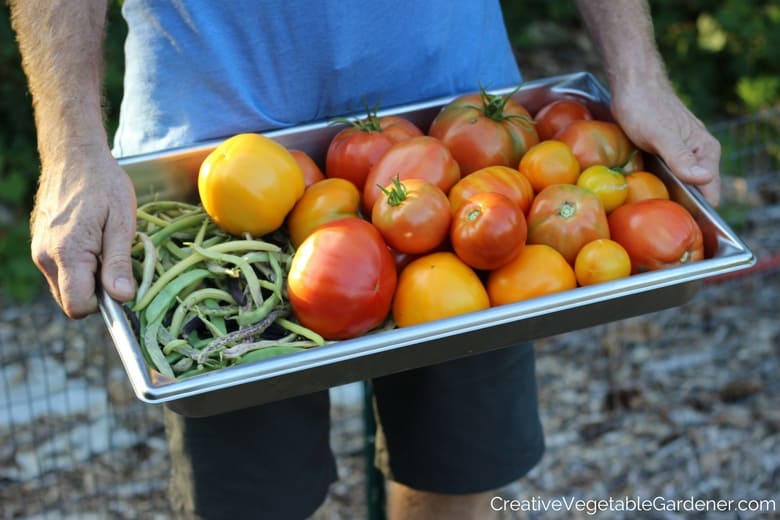
There are thousands of vegetable varieties out there in the gardening world. That makes it easy to get overwhelmed when you sit down to try to decide which of them to grow in your garden.
I’m a gardener with over 20 years of experience and even I start to feel stressed out when I spend too much time flipping through seed catalogues.
Every variety description makes it sound like it’s the best ever…
Superior color and flavor!
Very impressive!
A standout!
Beautiful and flavorful!
The ultimate variety!
The photos are pretty, the descriptions are tempting, and the choices can number into the hundreds for vegetables like tomatoes and peppers.
It’s confusing out there in seed ordering land.
And, to top it all off, variety really does matter. For some vegetables, like red peppers, it can be the difference between success and failure. (Not to pile on the pressure or anything.)
So, in an attempt to help you wade through the seed catalog maze, I thought I’d talk a bit about how to choose the best varieties for your garden each season.
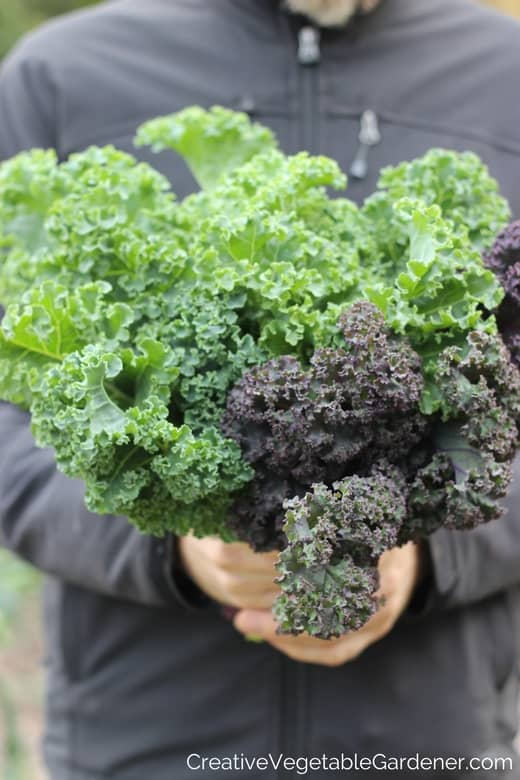
This post contains affiliate links.
Why Variety Matters to Success
Before we get into the top tips, let me reiterate this very important point from above.
What variety you grow matters. A lot!
When I was a beginning gardener I thought all vegetable varieties were pretty much the same. Especially things like broccoli, cabbage, and orange carrots, since there’s not much observable difference between the varieties.
I would just go to the local store selling seeds and seedlings and buy a handful of what looked good. I often had mixed results and wasn’t sure why.
It wasn’t until I started working on vegetable farms that I realized how much time and effort professional growers put into selecting plants and seeds that perform well in their fields.
This is because they know from experience that all broccoli, cabbage, and carrot varieties are not equal. They’ve had crop failures, pest infestations, smaller harvests, and plants taken out by disease that were largely caused by the variety they chose to plant in their fields.
After my experience working on a farm, I started to pay more attention to where I bought my vegetable seeds and plants and what varieties I was choosing to grow.
And to be honest, that was a big turning point in my gardening journey. There’s a clearly defined trajectory after that decision. I started to become much better at growing my own food.
So, I can’t stress this enough. Pick you varieties carefully, track what you grow and how well it does in your garden records, and be ruthless about weeding out varieties that don’t perform well. This is extremely important if you want to increase the amount of vegetables you’re growing in your garden over time.
Let me get down off my soapbox now and we’ll move on to how to pick vegetable varieties for your garden.
5 Tips for Helping You Choose Vegetable Varieties for Your Garden
#1: What Grows Well in Your Area?
It’s wonderful to imagine millions of us gardeners tending to our own plots of land all over the world! But the truth of world-wide gardening means living in very different climates and zones.
For example, my garden is located in US zone 5, which is one of the colder zones in my country with a shorter season than many other gardeners. I can’t grow some of the vegetable varieties that my friends in California and Florida grow in their gardens, but I also have success with things that are better suited to cold climates, like garlic and onions.
(Don’t know your gardening zone? Type your zip code into this website.)
If you live in a very high-altitude location, or the tropics, or a desert, you many need to do some additional research to find out what plants thrive in your location.
The best way to do your research? Talk to other gardeners in your city or town and find out what grows best for them. You could also make some visits to your local farmers’ market and observe what the farmers in your area are growing in their fields.
Your state university’s cooperative extension office may have free articles and publications about growing vegetables in your home state. Here’s an example of Wisconsin’s website.
However you do it, finding out what grows where you live will make your garden that much more successful—you’ll be working with the environment rather than against it.
Action Item: When you’re reading through variety descriptions online or in a seed catalog pay special attention to phrases that speak to your specific location, such as “great for southern growers” or “performs well for gardeners in cold climates”. I will often underline those things right in the catalog as I’m reading to remind myself that this might be a good fit for my garden.
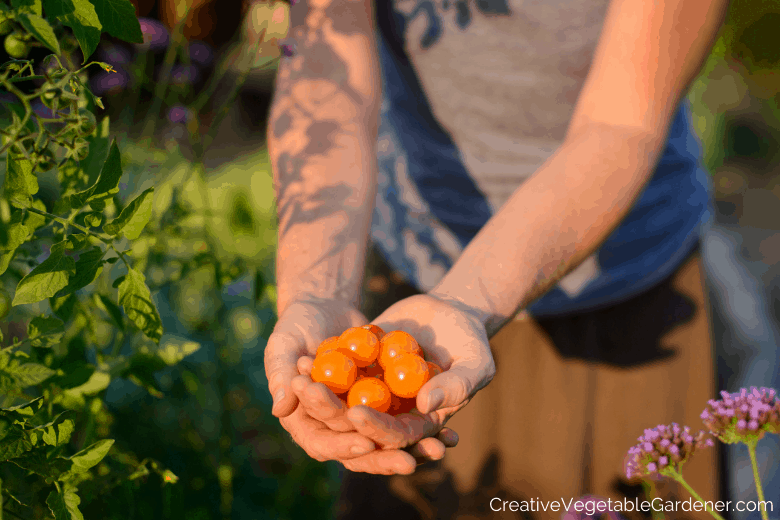
#2: Repeat Top Performers
Because I keep records each season I know exactly which vegetable varieties performed well, and which deserve a trip to the compost heap. My simple recordkeeping has allowed me to build a “Top Performers” list over time.
These are the varieties that do well for me despite weather fluctuations, insect attacks, drought conditions, and gardener errors. They’re my inner circle that I can always depend upon.
They are the building blocks of my seed order every year.
For example, curly green kales like Dwarf Green Curled or Winterbor are nearly indestructible in my garden. Most of my other kale plants succumb to the handful of cabbage moths that flitter around my garden all summer long, but not these toughies. And they are extremely frost hardy, so I’m harvesting them through November most years in my zone 5 garden.
I can’t imagine a summer without Sun Gold tomatoes, plus cherry tomato plants don’t tend to suffer from the many tomato diseases that exist in my area, so they’re always on the list.
And I harvest and store 300-500 onions every season, they’re one of my favorite things to grow. I’ve been growing Redwing for as long as I can remember. It’s never not on the list.
If you haven’t already started compiling your own Top Performers list, then here’s your action item.
Action Item: You need to devise a system for keeping records of what you plant this season so you can pay closer attention. I recommend starting a garden binder that contains a map of your garden where you write what varieties you plant, the date, and how many of each.
In the meantime, if you want a head start on picking reliable varieties, here are some ideas:
- ask some garden friends in your local area for their most reliable varieties.
- Check out the Veggie Essentials section in the back of my Smart Start Garden Planner where I share all of my favorite varieties for each of the most commonly grown vegetables. Grab your copy here.
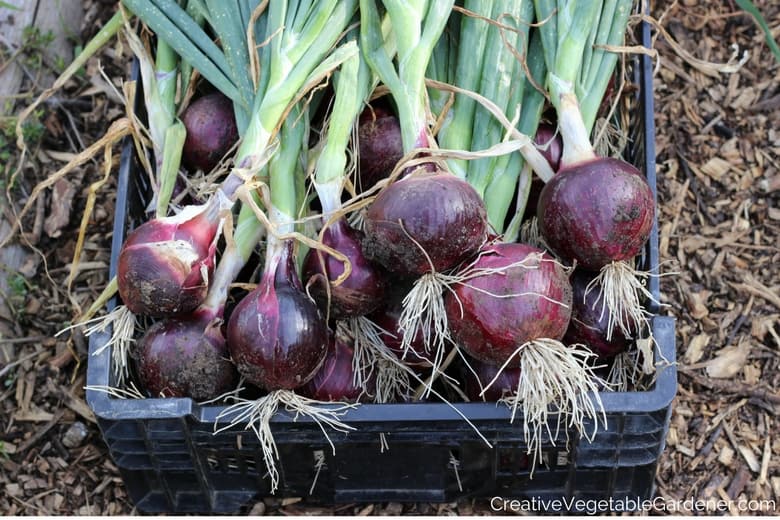
#3: Look Out For New & Improved
Recently, while reading through the High Mowing catalog, I noticed this announcement. “Try our new Red Carpet Onion! Red carpet is a sweeter, improved version of the beloved Red Wing.”
Well, that peaked my interest. As I said above, Redwing is one of my favorite onions to grow. So, how could I resist a new and improved version? Answer: I couldn’t. I quickly added Red Carpet onions to my High Mowing list.
After filling in my seed order with my tried and true vegetable varieties, I’ll read through the seed catalogues and look for new varieties that are promising more of something I value, like better storage, resistance to diseases like downy mildew, and vibrant flavor and color.
This is the second category of seeds I order. These varieties are basically auditioning for a spot in the Top Performers. This season I’ll pay close attention to those Red Carpet onions and compare them to the Redwings. If they don’t perform to the same high standards, they’ll get voted out of my garden.
Or, they might surprise me and give those Redwings a run for their money!
Action Item: Think about your garden goals and what you want to grow. Is your goal to grow more onions for storing all winter long? Then read the onion seed descriptions in the catalogues and look for ones that say “long storage”.
Or maybe you love making pesto in the summer. Read through the basil varieties for characteristics that will make for good pesto – sweet, big leaves, prolific producer, etc.
Be more strategic about which varieties you’re choosing. If you’ve had specific problems growing vegetables in the past, like disease taking out the plants or poor germination, look to see if the descriptions mention those things.
Need help setting your goals for the year? Check out this post.
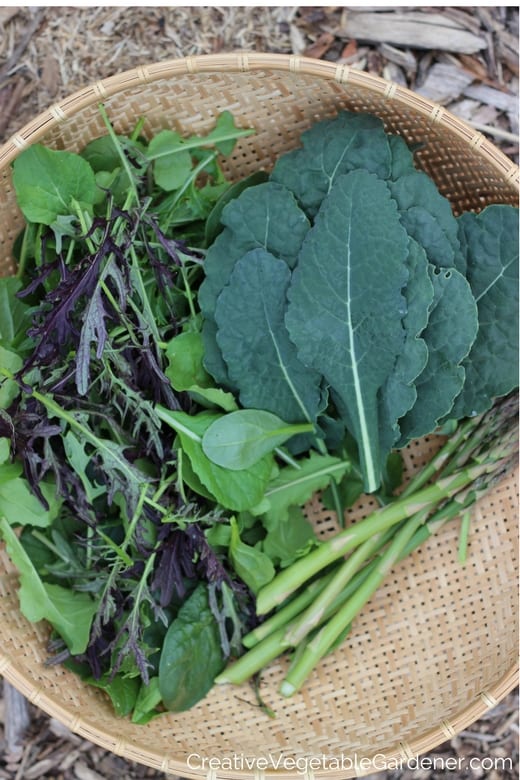
#4: Sprinkle in Some “Just for Fun” Vegetables & Varieties
Each year I like to grow a few things I’ve never tried before. One year I ordered an assortment of Asian greens like Purple Mizuna, Yukina Savoy, and Vitamin Green. Another year, I’m trialing unique colors of radishes- a black one, a watermelon type, and a daikon.
If I grew the same exact things every year gardening wouldn’t be nearly as much fun. Sometimes, if I’m not that crazy about it, I just grow the new thing for one year. But, once in a while I’ll discover a new vegetable or variety that ends up being a keeper.
Don’t forget to include a few “just for fun” vegetables and varieties in your garden plan this year.
I share some of my favorites in these articles:
- 15 Purple Vegetables You Need to Grow in Your Garden
- Grow These Unique & Colorful Varieties This Year
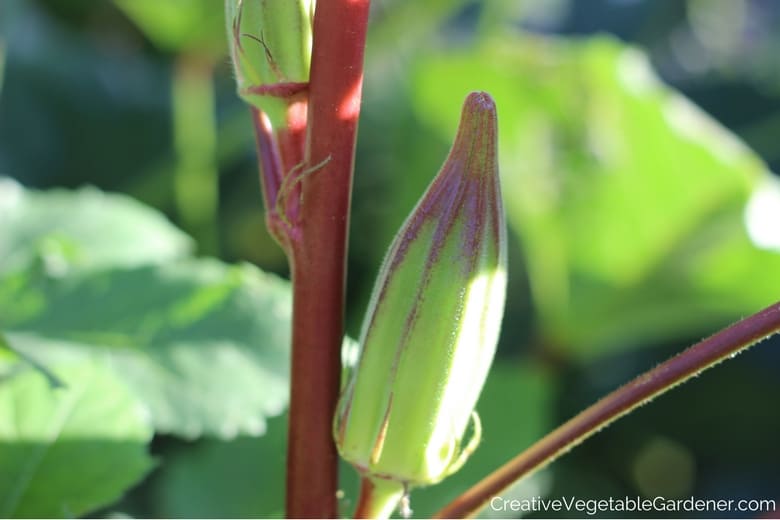
#5: Every Once in A While Vegetables
This last category contains vegetables and varieties that I only grow every few years. Edamame falls into this one. We like to eat it, but we don’t love it, and I struggle to find recipes that make me want to eat more of it. I freeze some for winter and we tend not to use all of what I freeze, so it often lasts for more than one winter.
But, it’s such a cool plant, and since I teach gardening I like to make sure I’m growing a wide range of plants so I can answer questions when they come up. So, edamame falls on my “grow it every two to three years” list.
Okra is another vegetable on that list. It’s a hibiscus relative, so the flowers are striking. It’s also tall and straight like corn, so architecturally it adds some interest to my garden. And, my neighbors always ask about it because they don’t recognize it, so it’s a conversation starter.
But, I grew it the last two years and I got sick of eating it. I actually ripped out the plants before my first frost because I just couldn’t face one more okra harvest. That pretty much places it solidly on the Every Once in A While list.
If you have a small garden, or like many of us, you just can’t possibly fit everything you want to grow in your garden each year, consider creating your own Every Once in A While List. Fill it in with vegetables you can’t quite say goodbye to permanently, but you wouldn’t mind a break from.
Action Item: Take a critical eye towards every vegetable you grew over the last few years. Are there any you’re less than thrilled with, tired of growing, or you ended up giving away most of the harvest? These are good candidates for your Every Once in A While List.
I hope these tips will help you wade through the ocean that is the thousands of vegetable varieties out there! We all have our own personal set of guidelines, opinions, and desires that help us make decisions about what we grow in our gardens.
Being aware of these factors and using them strategically in your garden planning sessions will set you up to get better results, grow more food, and even have more fun in your garden this season.
Check out the resources below if you’d like more guidance with planning your garden this year.
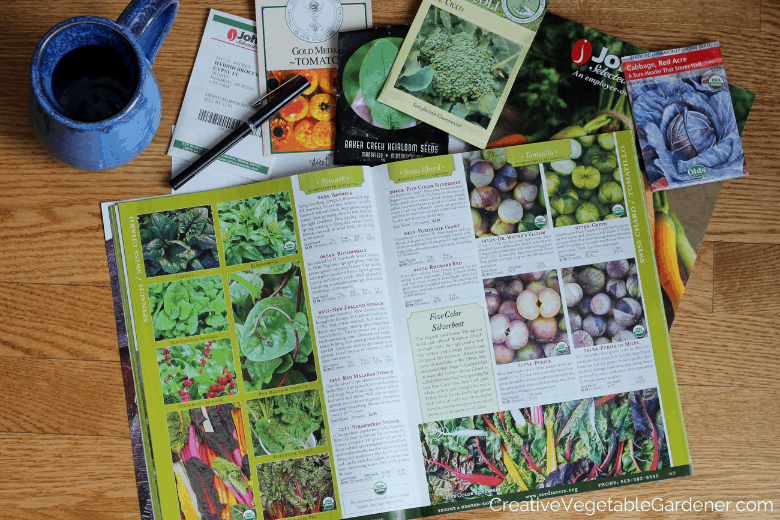
Next Steps for Garden Planning
Your garden dreams really can come true . . . you just have to plan for them! If you’d like some guidance in creating a smart and simple plan for a successful season in your garden, here’s how I’d love to help.
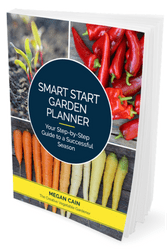
BOOK: Smart Start Garden Planner: Your Step-by-Step Guide to a Successful Season. This workbook keeps planning practical, down-to-earth, and fun! You’ll work through your plan step-by-step, and at the end you’ll have a personalized blueprint for what a successful season in your garden looks like.
MASTERCLASS: Success in Every Season. Get better results in your garden all year long. Each season we’ll focus on exactly what you need to know to be successful in that season. The seasons build upon one another (just like in your garden!) to create a complete toolkit of skills that will set you up for a lifetime of gardening. The winter module us all about Smart Garden Planning.
BLOG ARTICLES: Here are some of the articles that were mentioned in this post.
- 15 Purple Vegetables You Need to Grow in Your Garden
- Grow These Unique & Colorful Varieties This Year
- How to Set Inspiring Garden Goals for This Season
SHARE IT ON PINTEREST

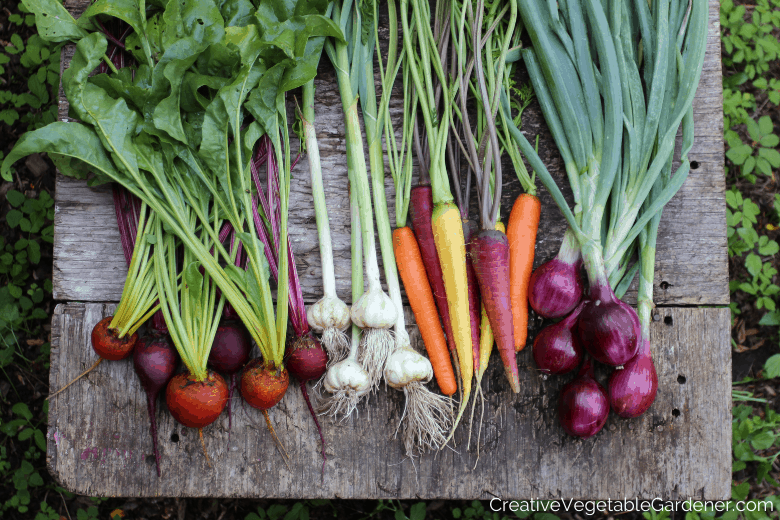
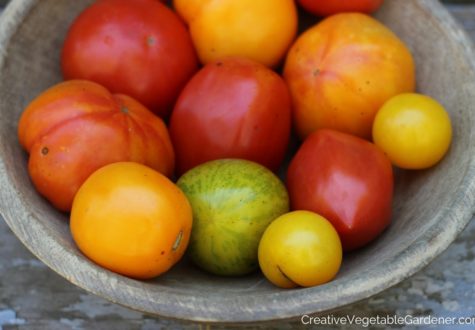


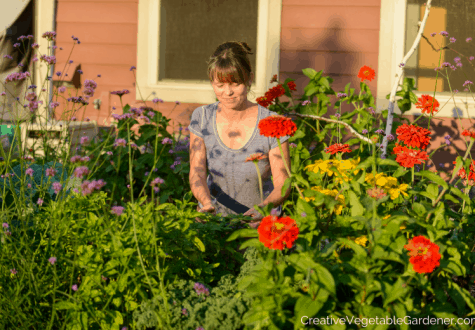



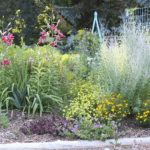
Comments
[…] keeps things interesting. In a previous post I explained how the different varieties I grow fall into several categories and one of them is the […]
[…] How I Choose Which Vegetables to Grow in My Garden […]
Hi Megan,
We choose what we grow based on what we like to eat, the length of our growing season and the maturity time of the plants. This way we are able to freeze and can for the winter months and also plant a warm and cool weather crop.Most of our warm season plants usually have a maturity time of 60 days or less and we can usually get two or more really good harvests from the greens by using the cut and grow method and succession planting in our time frame.